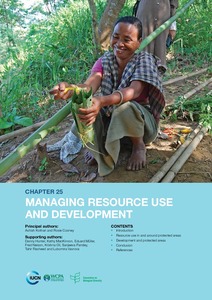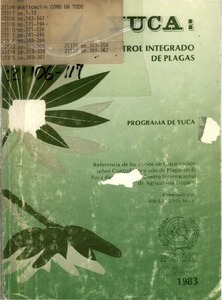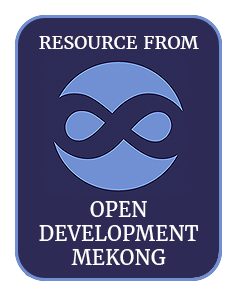Les Approches participatives dans la gestion des ecosystemes forestiers d'Afrique Centrale: revue des initiatives existantes
Developments in the international institutional context and in the capacity of governments to ensure sustainable forest management in Central Africa lead to new approaches to participatory management being explored. The author reviews current initiatives in this field in Congo Brazzaville, Gabon, Cameroon, Central African Republic and Equatorial Guinea. Such initiatives are still in an experimental stage and aim at answering issues linked with conventional forest management as well as meeting prerequisites imposed by international organisations for granting aid to development.




